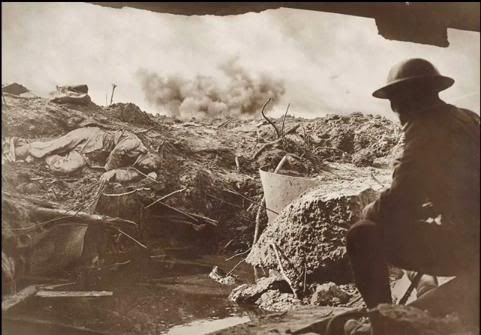I know there are a lot of thread about the Civil War. But I still have a question. A century before, the Brits were mostly using charges with bayonets to break their ennemies. They did the same during the Canadian revolt of 1837-1838. And I now Napoleon's soldiers loved to charge rather than to fire in ranks too.
Still, it seems that the soldiers of the Civil War used to get in lines, firing by ranks, even when attacking defensive positions. I could understand that defending soldiers, equipped with new far-reaching guns (If I remember correctly, accurate even at 200 meters), would now fire rather than charge. But why would attacking ones accept to fire then reload and fire again with such a disadvantage? Are the images given in movies (I think about Gods and Generals) completely innacurate, or is it only inability to adapt and stupidity by the generals (the later one being always mentionned in every war anyway...).
Please help me.




 Reply With Quote
Reply With Quote












